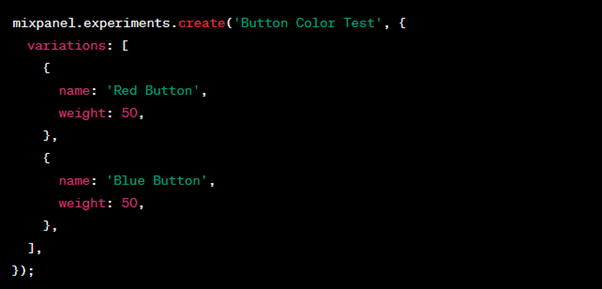Mixpanel is a powerful analytics platform that helps you track user interactions with your digital products and gain insights into user behavior. To effectively utilize Mixpanel, you need to integrate it into your application and use its features to collect and analyze data. Here are some best practices and real examples along with relevant code snippets:
1. Integration with Mixpanel
To get started with Mixpanel, you’ll need to integrate it into your application. Most commonly, this is done by adding the Mixpanel JavaScript library or SDK for your specific platform. Below is an example of integrating Mixpanel with a web application using JavaScript:

2. Tracking Events
Mixpanel is event-centric, meaning you track user interactions as events. For example, if you have an e-commerce website, you can track events like “Product View,” “Add to Cart,” and “Purchase.” Here’s how you can track events in JavaScript:

3. User Properties
You can attach user properties to better understand your users. For instance, you can set properties like “User Type” or “Subscription Plan.” Here’s an example of setting user properties:

4. Funnels and Retention
Mixpanel allows you to create funnels to track user flows and retention to see how well your users stick around. For example, you can create a funnel to track the user conversion process:

5. Segmentatio
Segmentation allows you to analyze user behavior based on various attributes. For instance, you can segment users who made a purchase:
6. A/B Testing
Mixpanel enables A/B testing to optimize user experiences. You can create experiments to test different versions of a feature or UI element. Here’s a simplified example:

These are just a few examples of how to utilize Mixpanel in analytics. The specific implementation details will depend on your platform and technology stack. Remember to respect user privacy and comply with relevant data protection regulations when using Mixpanel.
